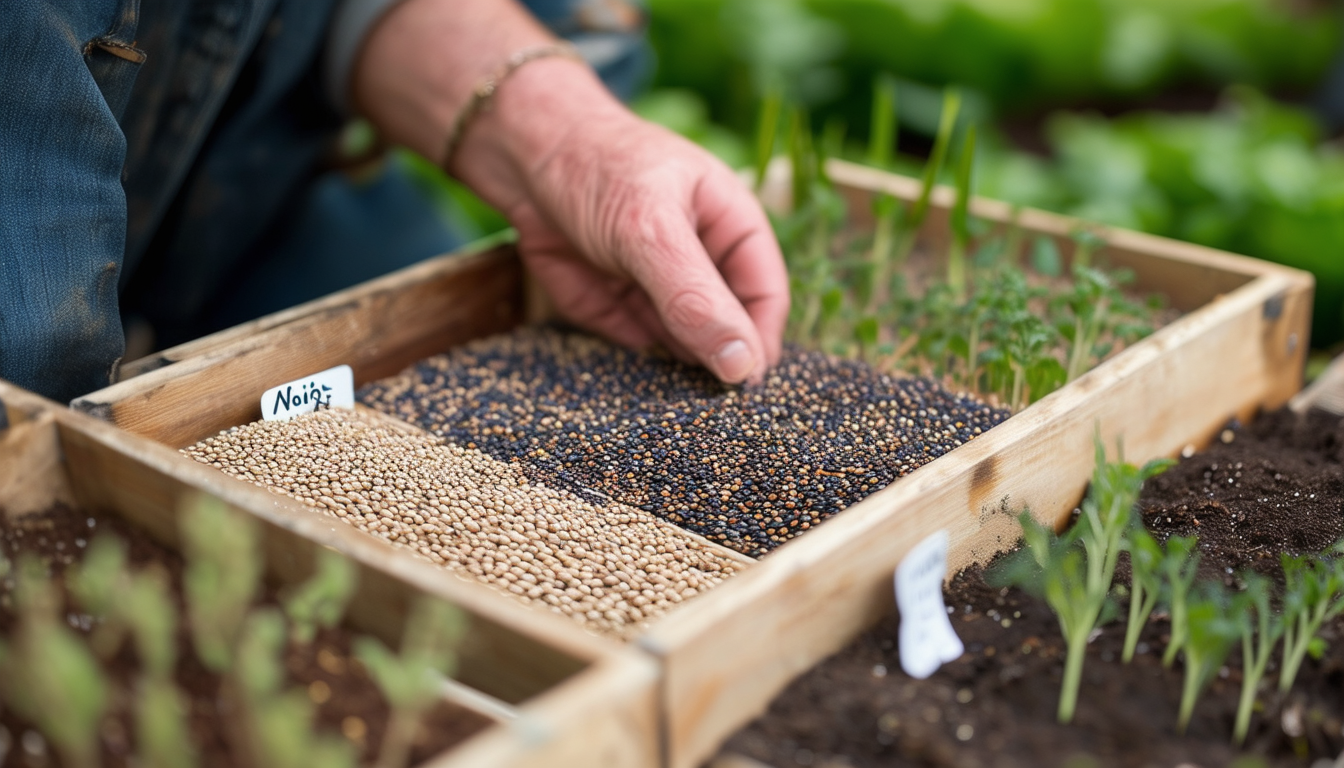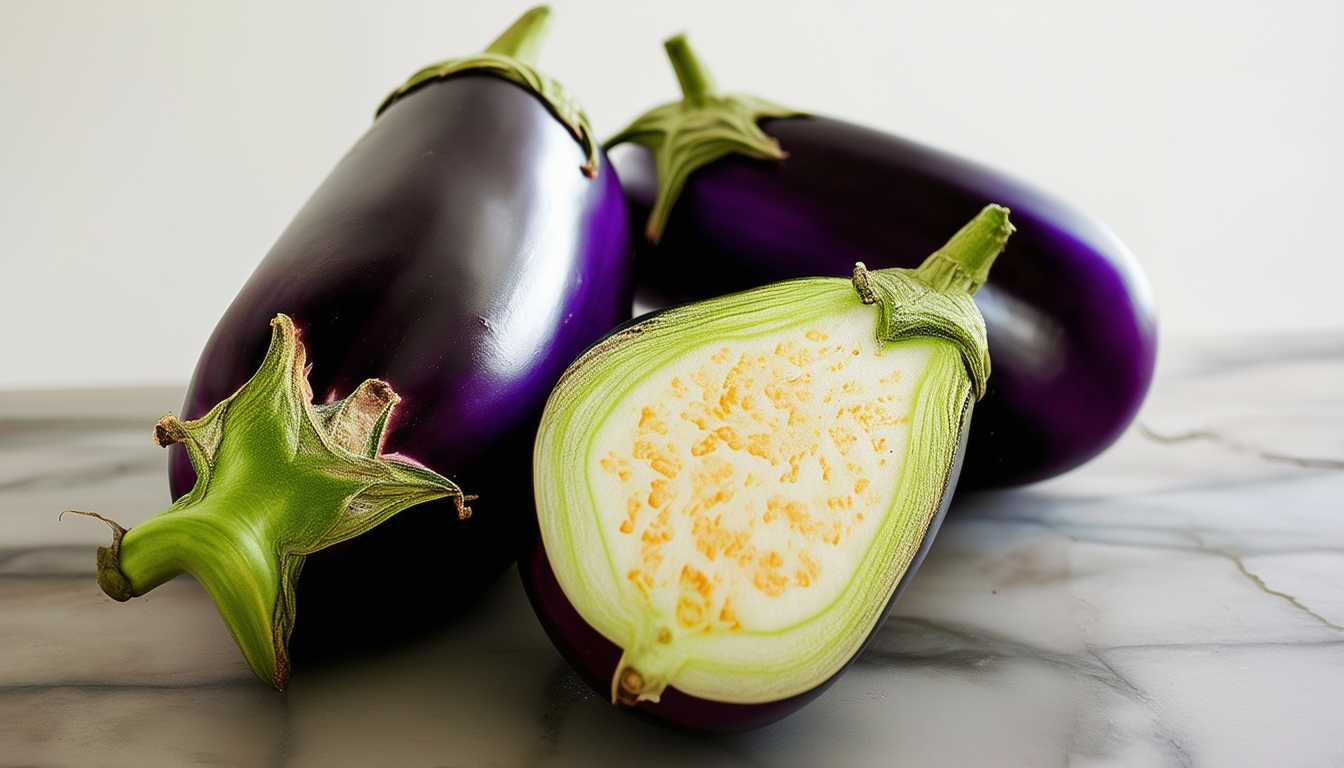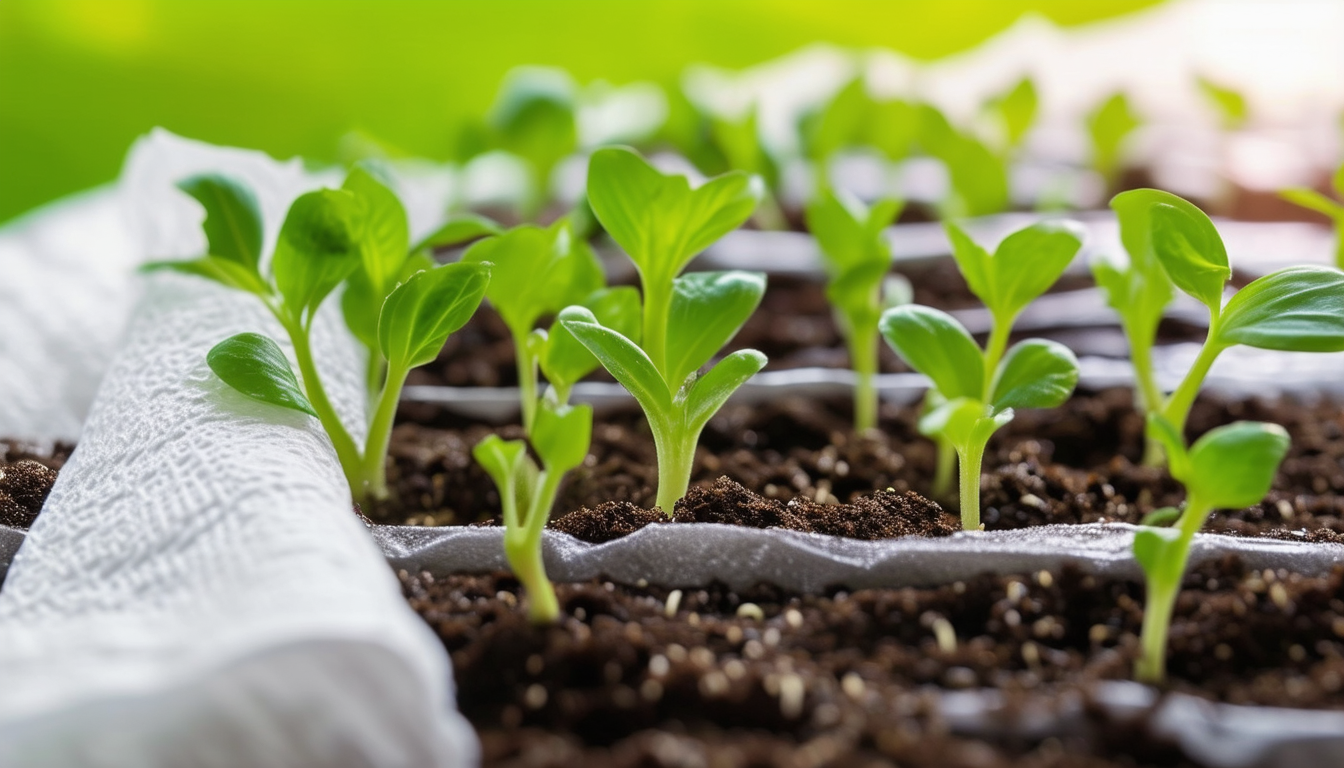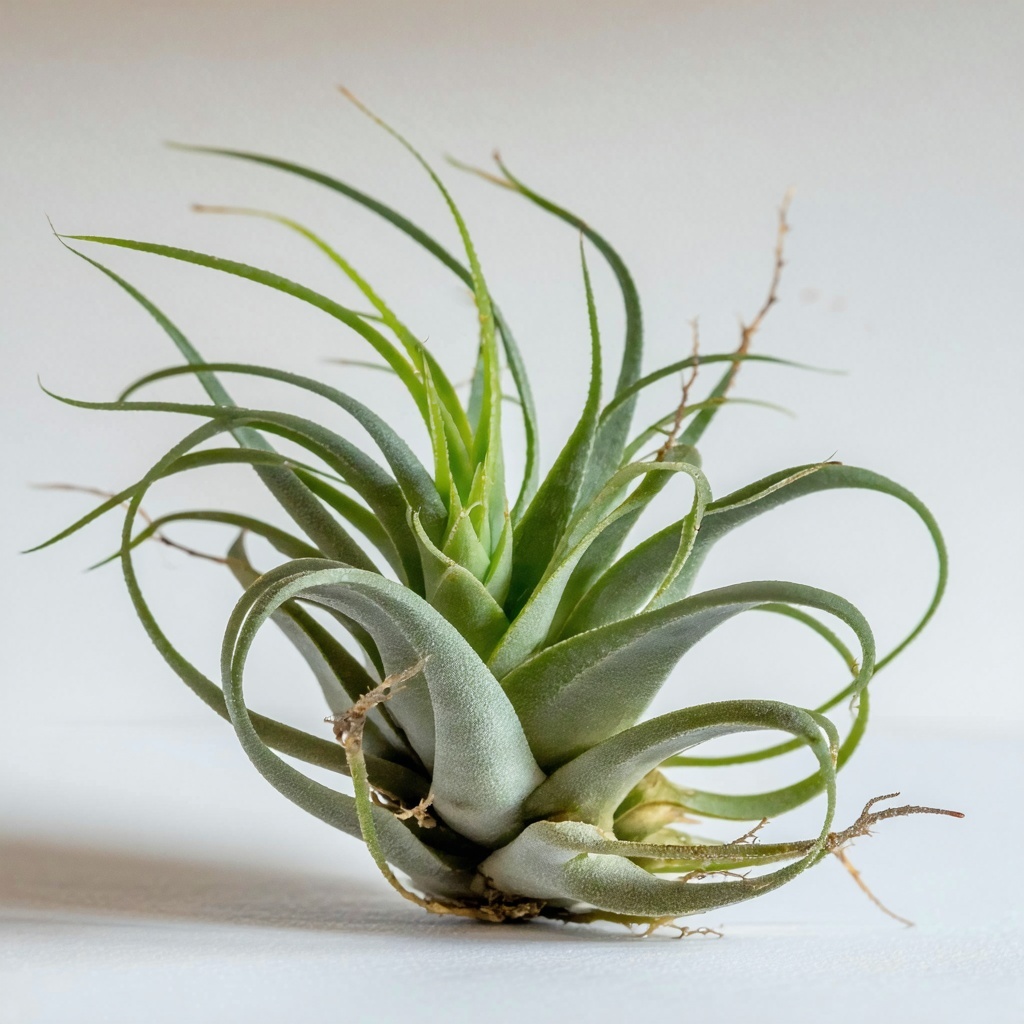
Unlock the secrets to ensuring your seeds thrive by mastering the art of collection and storage.
Understanding the Importance of Seed Collection
Seed collection is a crucial practice for gardeners and agricultural enthusiasts. By collecting seeds from your best-performing plants, you can ensure the continuity of desirable traits such as disease resistance, productivity, and flavor. This practice not only helps in preserving plant varieties but also promotes self-sustainability.
Additionally, collecting seeds allows you to save money and reduce your dependency on commercial seed suppliers. It also provides an opportunity to share and exchange seeds with other gardeners, fostering a sense of community and conservation.
Best Practices for Harvesting Seeds
Timing is everything when it comes to harvesting seeds. Ensure that seeds are fully mature before collection. For most plants, this means waiting until the seed pods or fruits have dried out on the plant. Use clean, sharp tools to cut the seed heads or pods, and do this on a dry day to prevent mold and mildew.
Label your seeds immediately after harvesting to avoid any mix-ups. Include information such as the plant species, variety, and date of collection. This will help you keep track of your seed inventory and plan your planting schedule effectively.
5 Steps - How to Properly Dry Seeds for Storage
1. Clean the Seeds: Remove any plant material, dirt, or debris from the seeds. This can be done by hand or using a sieve.
2. Spread Them Out: Place the seeds in a single layer on a paper towel, newspaper, or a fine mesh screen. Ensure they are spread out to maximize airflow.
3. Air Dry: Keep the seeds in a well-ventilated area away from direct sunlight. This process can take several days to a few weeks, depending on the seed type and humidity levels.
4. Check for Dryness: Seeds should be brittle and hard when fully dried. A good test is to bend the seed; if it snaps rather than bends, it is adequately dried.
5. Store in Containers: Once dry, place the seeds in airtight containers such as glass jars or resealable plastic bags. Include a desiccant packet to absorb any residual moisture.
Ideal Storage Conditions for Different Seed Types
Different seeds require different storage conditions to maintain their viability. Generally, seeds should be stored in a cool, dry, and dark place. A temperature of around 40°F (4°C) and low humidity (below 10%) are ideal for most seeds.
Some seeds, like those of tropical plants, may require slightly warmer conditions. Always research the specific requirements for each seed type to ensure optimal storage conditions.
Common Mistakes to Avoid When Storing Seeds
One common mistake is storing seeds in environments with fluctuating temperatures and humidity levels. This can lead to mold growth and reduced viability. Always keep seeds in a stable, controlled environment.
Another mistake is failing to label your seeds accurately. Mislabeling can lead to confusion and planting the wrong seeds in the wrong place. Proper labeling and record-keeping are essential for effective seed storage.
Top 20 Plants to Store Seeds From
1. Tomatoes
2. Peppers
3. Beans
4. Peas
5. Cucumbers
6. Squash
7. Melons
8. Lettuce
9. Kale
10. Spinach
11. Carrots
12. Radishes
13. Broccoli
14. Cabbage
15. Onions
16. Basil
17. Cilantro
18. Marigolds
19. Sunflowers
20. Zinnias
These plants are not only popular in gardens but also relatively easy to collect and store seeds from, making them an excellent choice for both beginners and experienced gardeners.



